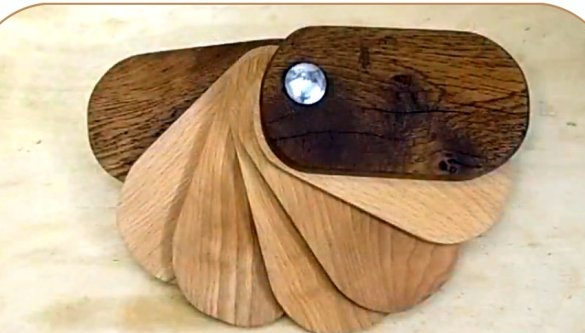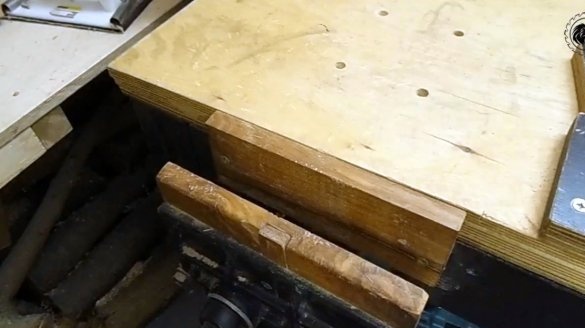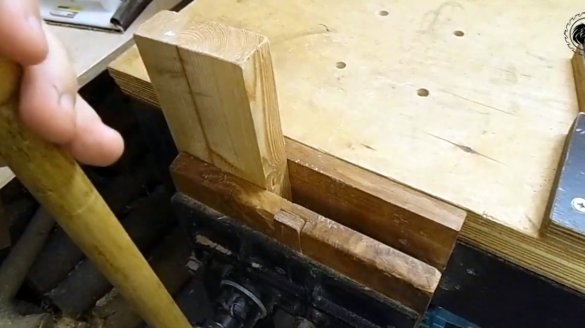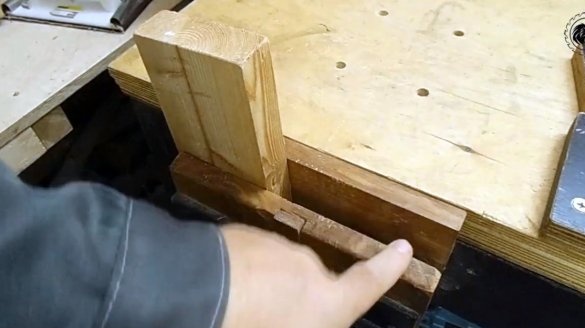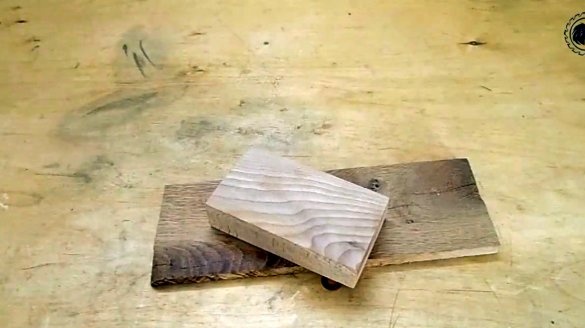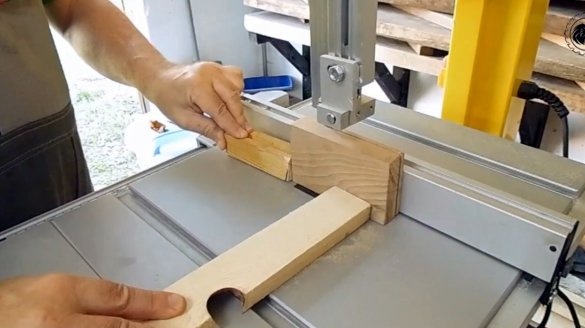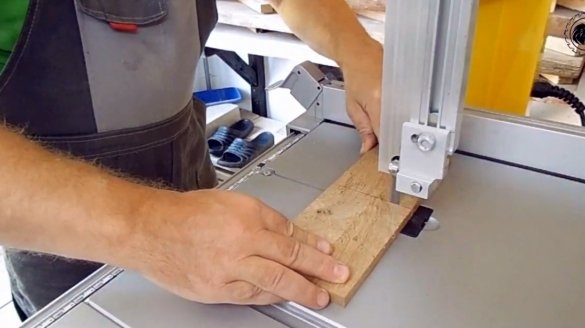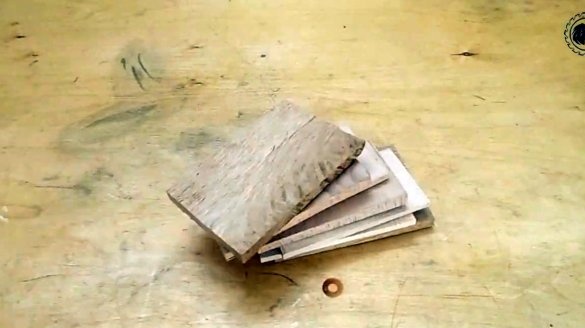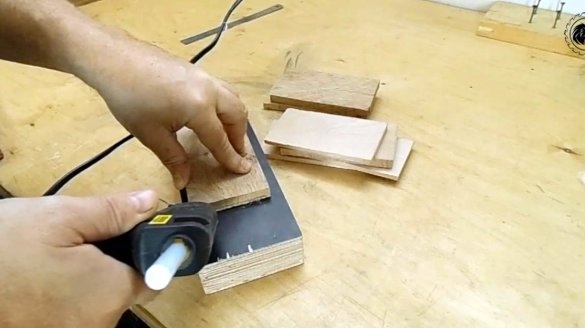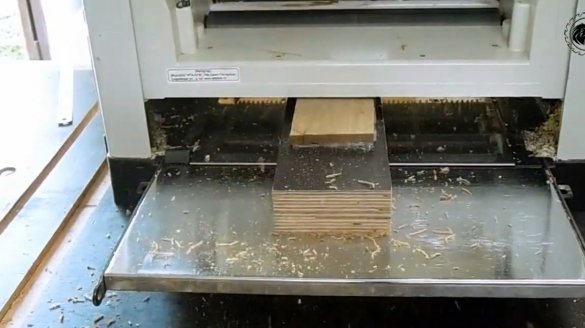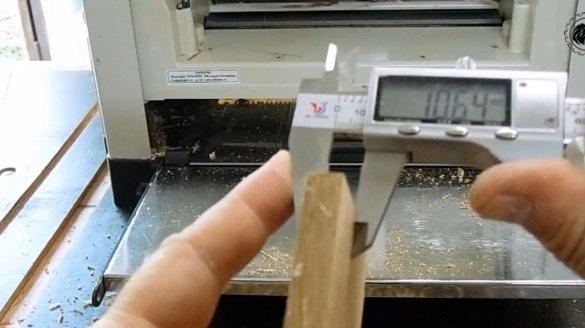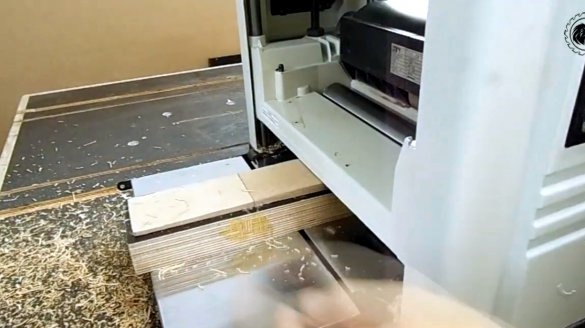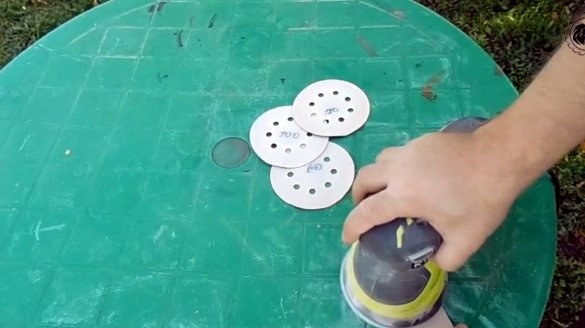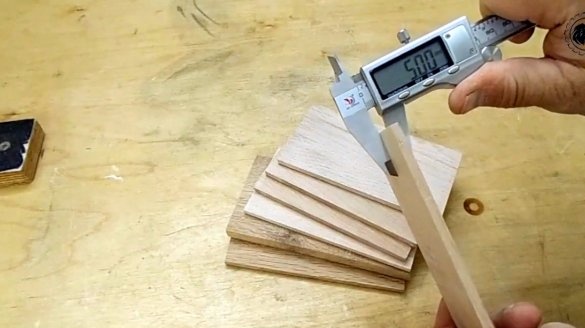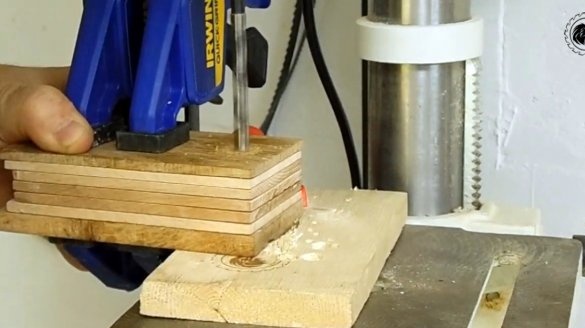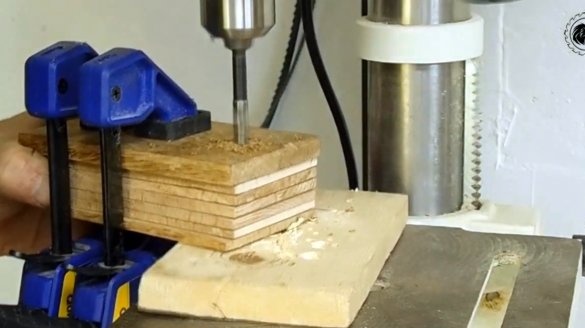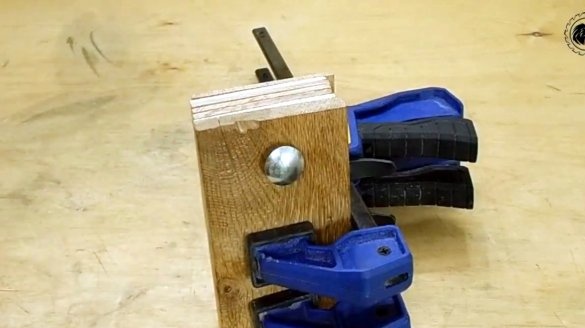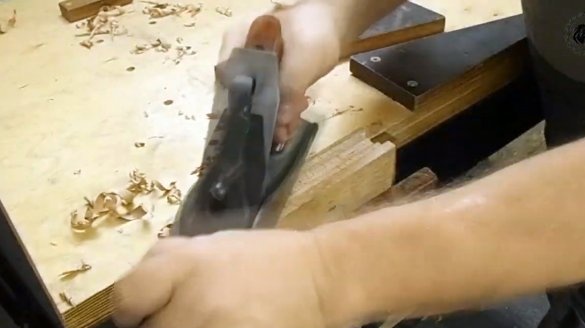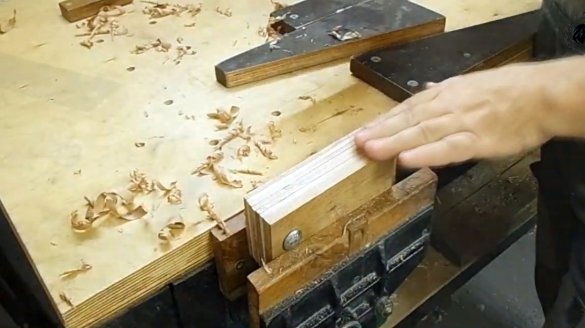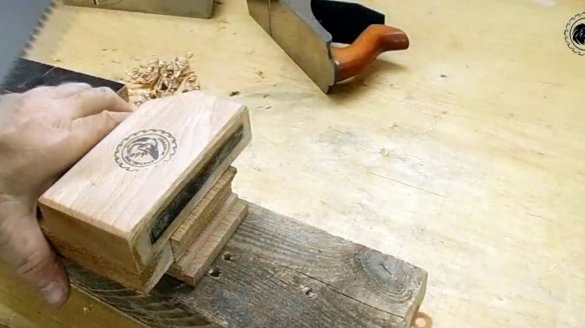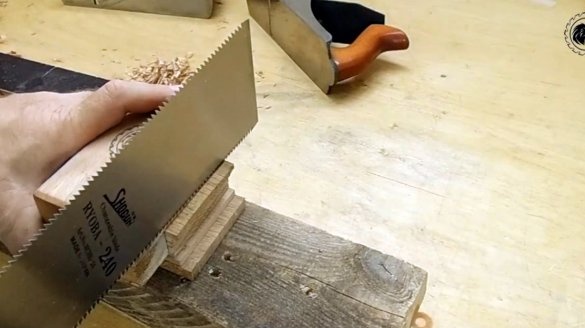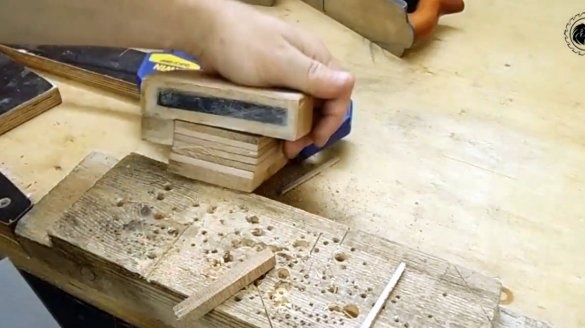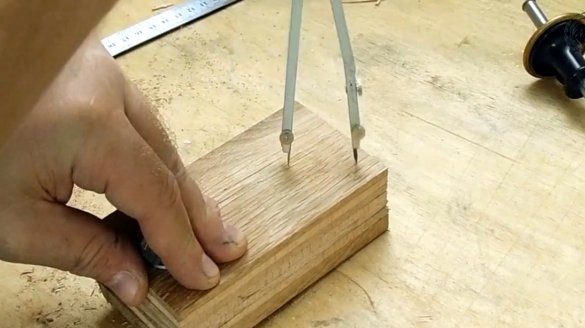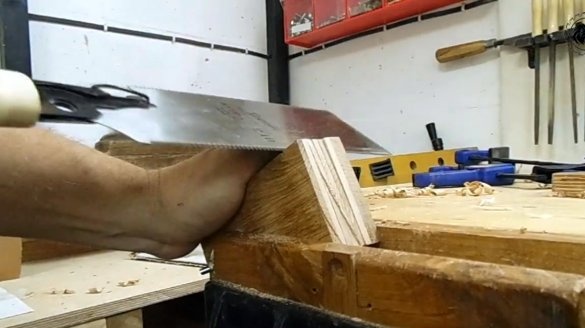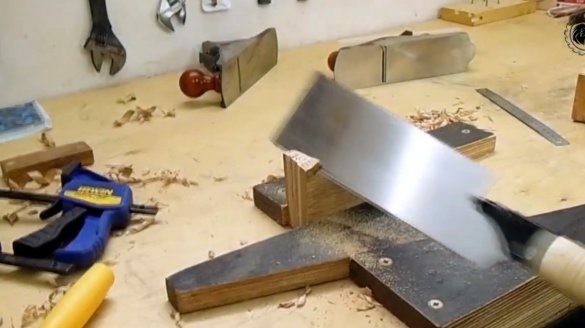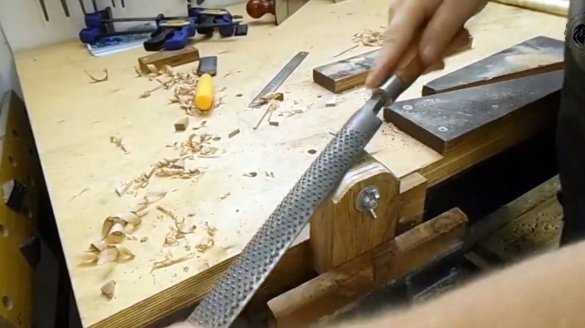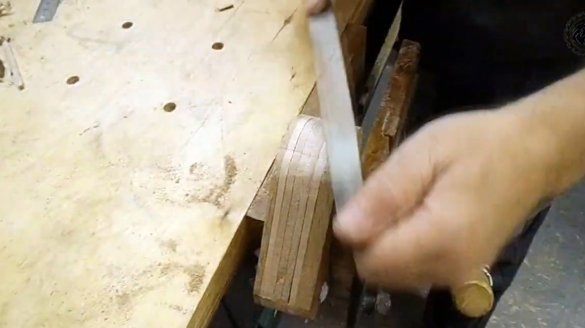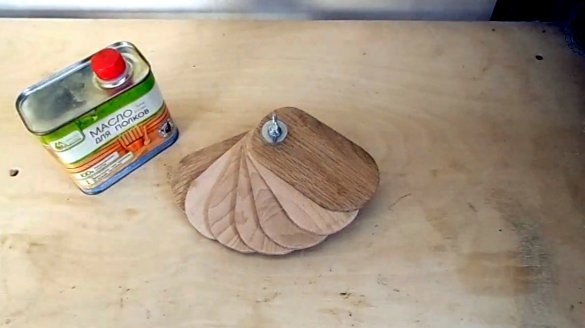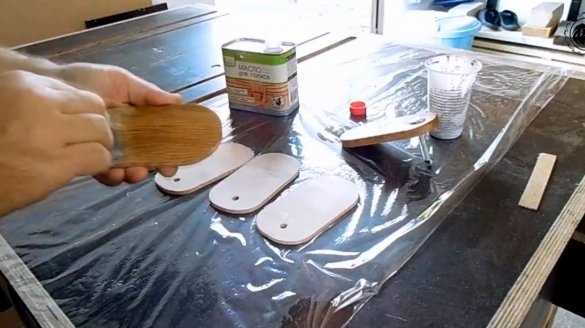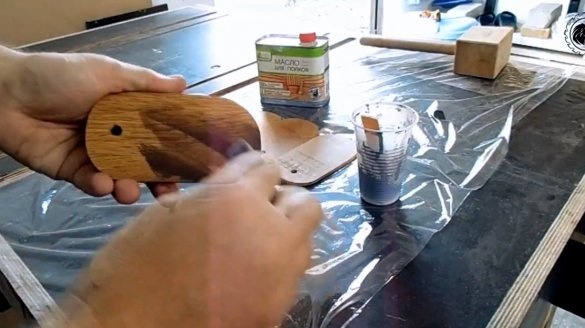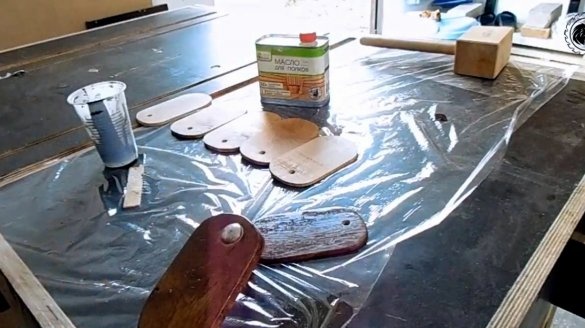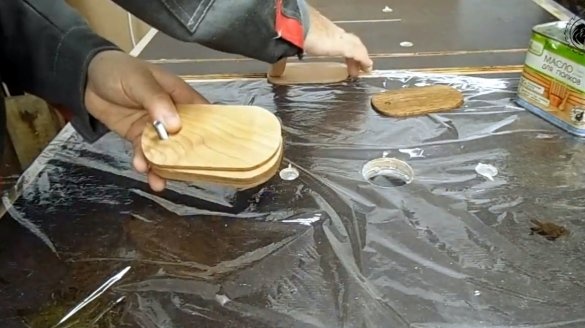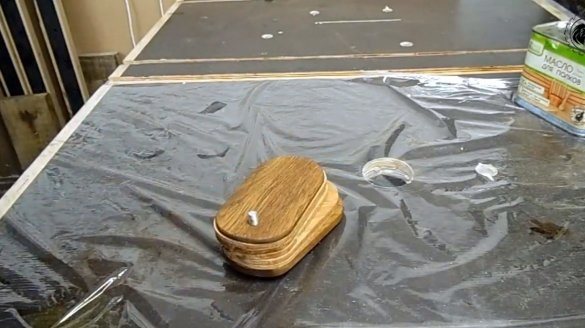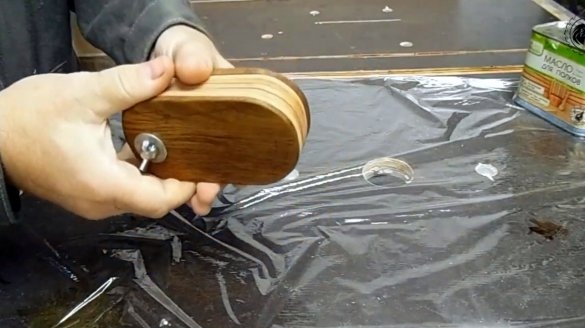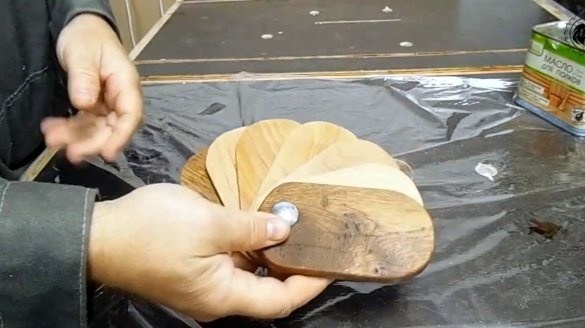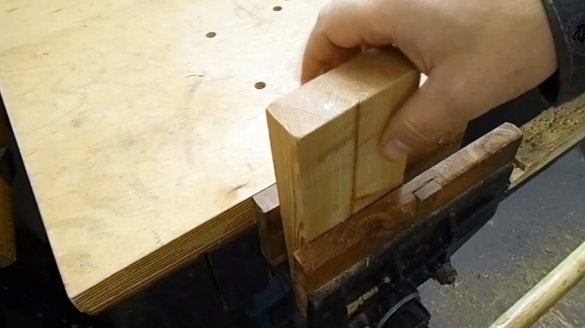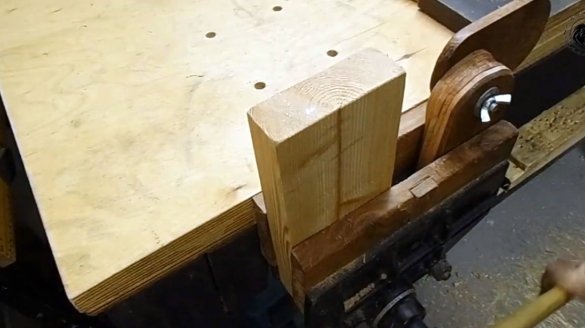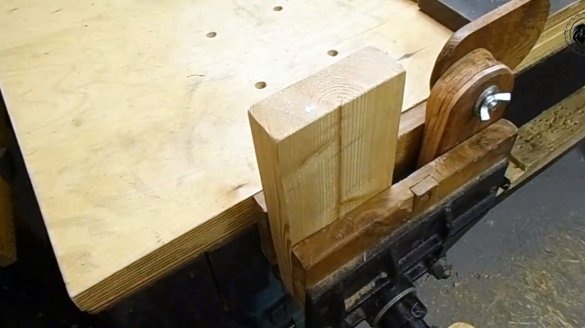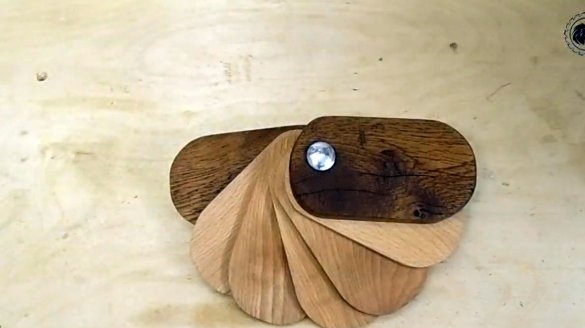One of the most necessary fixtures in the workshop of a joiner is a special vice, but they have one small drawback. When clamping the workpiece on only one side of the jaws, a skew occurs.
In this article, Oleg, author of YouTube channel “VORON-M”, will tell you how to solve this problem by making a simple device - a fan spacer.
This device is very simple to manufacture even with hand tools.
Materials
- Oak and beech boards
- sheet plywood
- Screw M6, washer, wing nut
- Sandpaper, rags
- Oil for wood impregnation.
Instruments, used by the author.
— Band-saw
— Glue gun
— Electronic caliper
— Orbital sander
— Clamps
- Drilling machine
- Reysmus
- Hand planer, rasp, file, vise, miter box
— Japanese saw
- Ruler, pencil, compass.
Manufacturing process.
This is exactly how the jaws skew when fixing a narrow workpiece. It is far from useful for a vice, they will become loose over time. In addition, the workpiece is poorly clamped between the jaws.
So, the main materials for this homemade product will be beech and oak boards. The master dissolves them on a band saw in thickness, and cuts several plates.
The result should be a plate 10 mm thick - 1 pc., 5 mm - 5 pc., 4 mm - 1 pc. However, this thickness will be achieved a little later. Now the plates are cut with a margin for processing.
The author fixed the first plate on a thick bar of plywood with hot glue, and drove it through a surface gage. As a result, the thickness was 10.6 mm.
The remaining workpieces are also driven in the same way. After grinding with a manual orbital machine, the exact size is achieved.
All plates are collected in a package, fixed with clamps, and a hole for a fixing screw is drilled into them.
The whole package is fixed in a joiner's vice, and the side edges of the blanks are processed with a planer.
The length of the plates turned out to be different, and the master cuts off the excess with the help of a Japanese saw and a magnetic miter box. About the manufacture of such a device was described in this article.
Both edges of the blanks are marked with a compass, and part of the material is cut off.
After that, the ends are rounded with a rasp, a file, and then polished with sandpaper.
It remains only to soak all the boards with oil. Oleg preferred to use oil for the regiments. It is used to protect wooden structures in the bath and sauna.
The end plates are made of oak, and the master decides to additionally cover them with colored oil to give a more interesting appearance to the product.
After the parts have dried, you can assemble the device by simply connecting them together with an M6 screw, a washer, and a wing nut.
So easily you can choose the thickness of the spacer equal to the thickness of the workpiece. Now the vice does not warp.
The result is such a beautiful “fan”. If desired, it can be made from various hard rocks, and used as a demonstration sample. If you do not have a thicknesser, or there are difficulties with the manufacture of parts of the required thickness, you can simply buy plywood trimmings. Also suitable are trimming sheets of plexiglass, or plexiglass of different thicknesses.
In addition, there are joinery vice, devoid of this drawback. They have two clamping screws, and are called a Moxon vice. Their manufacture is described in detail in several articles on this site. First, second, and the third.
I thank Oleg for a simple but useful tool for a carpentry workshop!
If you have interesting homemade products, share them on this site. Here you will get a real reward, not a “bunch of green stuff" at the entertainment forum.
All good mood, good luck, and interesting ideas!
Author video can be found here.

